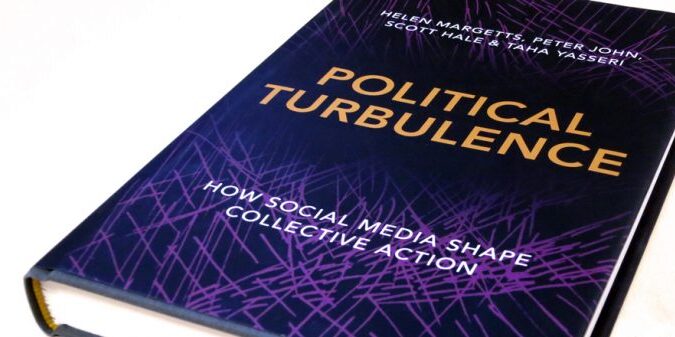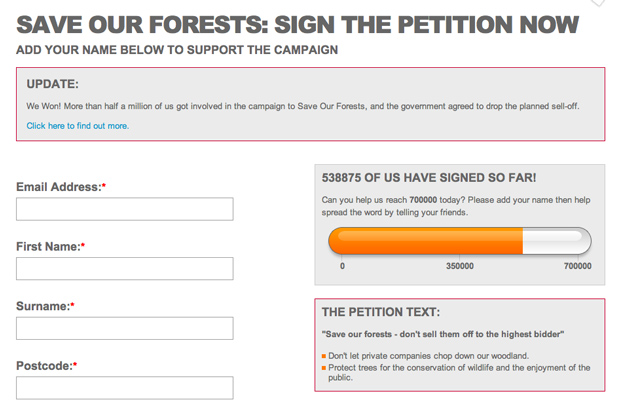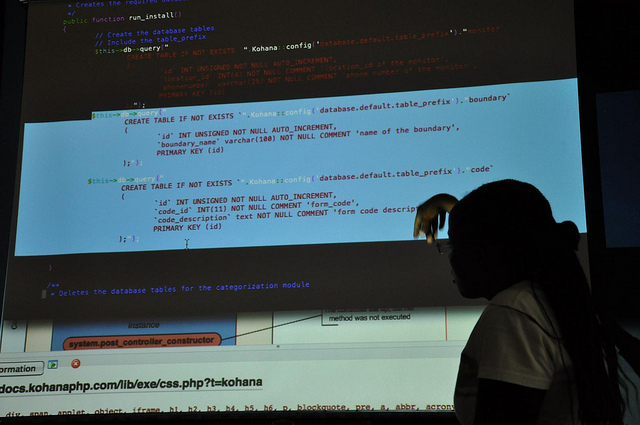The widespread use of social networking platforms has facilitated enhanced communication between users and significantly influenced public opinion due to the vast amount of information readily available. Often, this information is shared anonymously and with immediate effect. Political figures have capitalized on this opportunity to engage with their audience directly, circumventing traditional media outlets. Their objective is to garner the attention of their potential voters by expressing their political perspectives on prominent issues and leaving a lasting impression on public opinion. Like numerous other countries, Spain grapples with political polarization and heightened tensions among actors in the prevailing landscape. During the early 2010s, Spain witnessed a significant increase in politically extreme groups, such as Vox, contributing to heightened political polarization. Political agents utilize digital platforms as alternative venues to solidify their ideological stances, employing rhetorical tactics characterized by substantial emotional impact, disinformation content, and hate expressions against specific individuals or social groups. This approach perpetuates prejudices and stereotypes among message recipients by repeatedly employing denigrant language. This phenomenon happens in a fragmented multi-party system like Spain’s, which comprises an array of national, local, and regional actors, and where the traditional two-party system is losing influence, and such tactics have attained greater significance. Digital platforms have emerged as the primary mode of interaction, facilitated by the echo chamber effect and homophily between users who typically engage in such scenarios. In these situations, political actors applied unidirectional communication to their voters. A form of communication that can involve the dissemination of disinformation and hate speech as tools for their rhetoric. This blog entry is based on a research paper titled “Promotion of hate speech by Spanish political actors on Twitter”, recently published in Policy & Internet (P&I). The study examines the extent and nature of hate speech on Twitter, as expressed by the 16 political groups in Spain’s Congress in 2020. We recognize the limitations of the scope of the paper. However, it…
Political agents utilize digital platforms as alternative venues to solidify their ideological stances, employing rhetorical tactics characterized by substantial emotional impact, disinformation content, and hate expressions against specific individuals or social groups.










